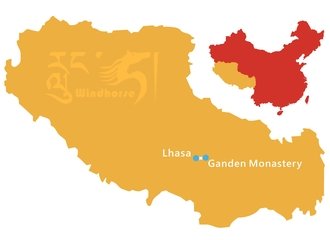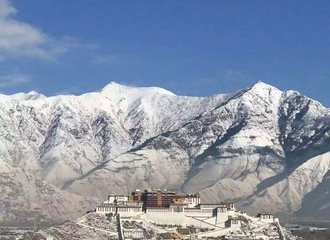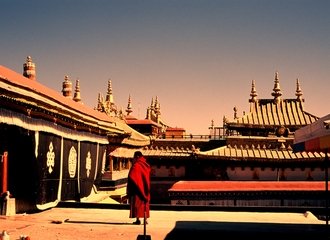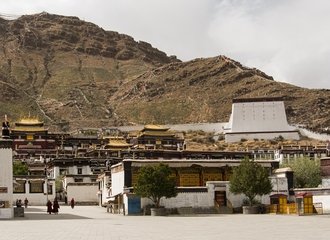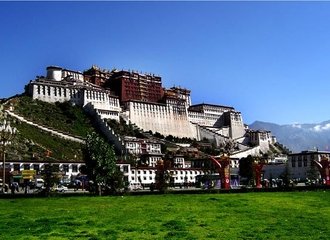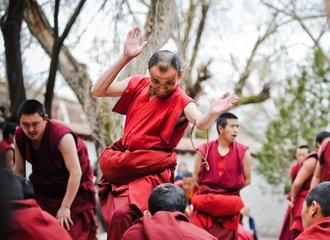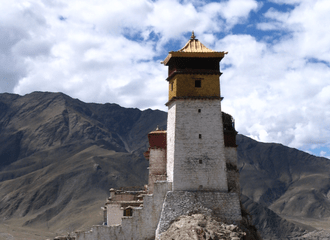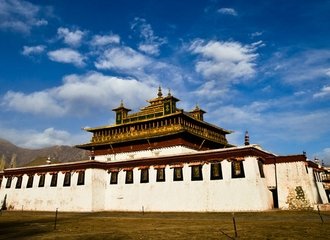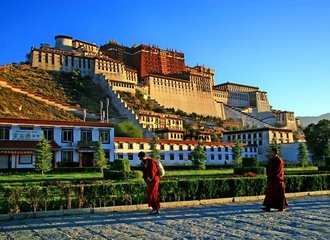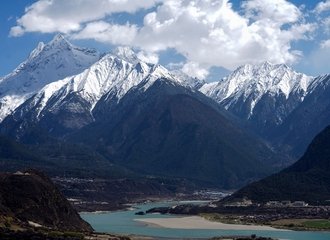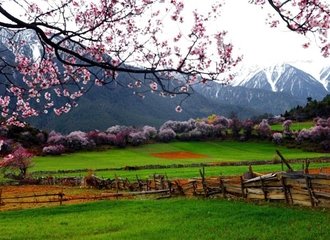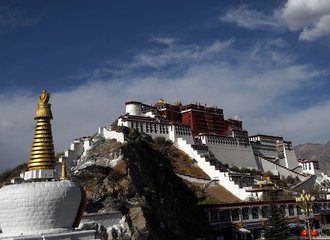Tibetan incense
Incense is often used by Tibetans for worship and to expel evil influences in the religious ceremonies. Based on Tibetan pharmacology, Tibetan incense is good for the environment and one's health. The most famous Tibetan incense comes from Mindroling Monastery and Nyemo County, Lhasa.
Mindroling Monastery is situated in Shannan, the cradle of Tibetan early civilization. It is a well-known monastery of Nyingmapa (Red Sect) of Buddhism and one of the most important inheritors of Tibetan medicine .The incenses there are mixed with various valuable Tibetan medicinal materials, herbs and Indian sandalwoods, with some mechanization used in their production now. These were the special incenses of Dalai Lamas and rank the highest among all the Tibetan incenses. Even today, some temples still choose them particularly for some religious ceremonies.
In Nyemo County lies Tonpa Village, 'First Village of Tibetan Incenses'. It is the hometown of Thonmi Sambhota, the inventor of the Tibetan language and Tibetan incenses. The village is about 140 km. (87 miles) west of Lhasa and is the largest base for the incense handicraft. Incenses are made here by a complicated process. The villagers first crush cypress branches using a water mill and then mix the powder carefully with many aromatic plants. The mixture is then made into straight incenses with a horn instrument.
Tips: The best Tibetan incenses are made with natural aromatic plants instead of chemical elements. It is not sticky and does not give off powder. When burning a piece, it can permeate a room of 50 sq. m. (538 square yards) and clean the air. One may feel fresh and relaxed; the fumes are not acrid at all.


